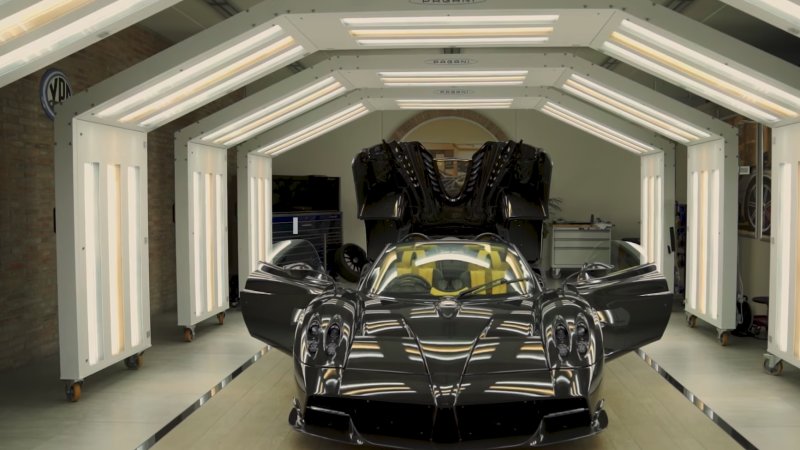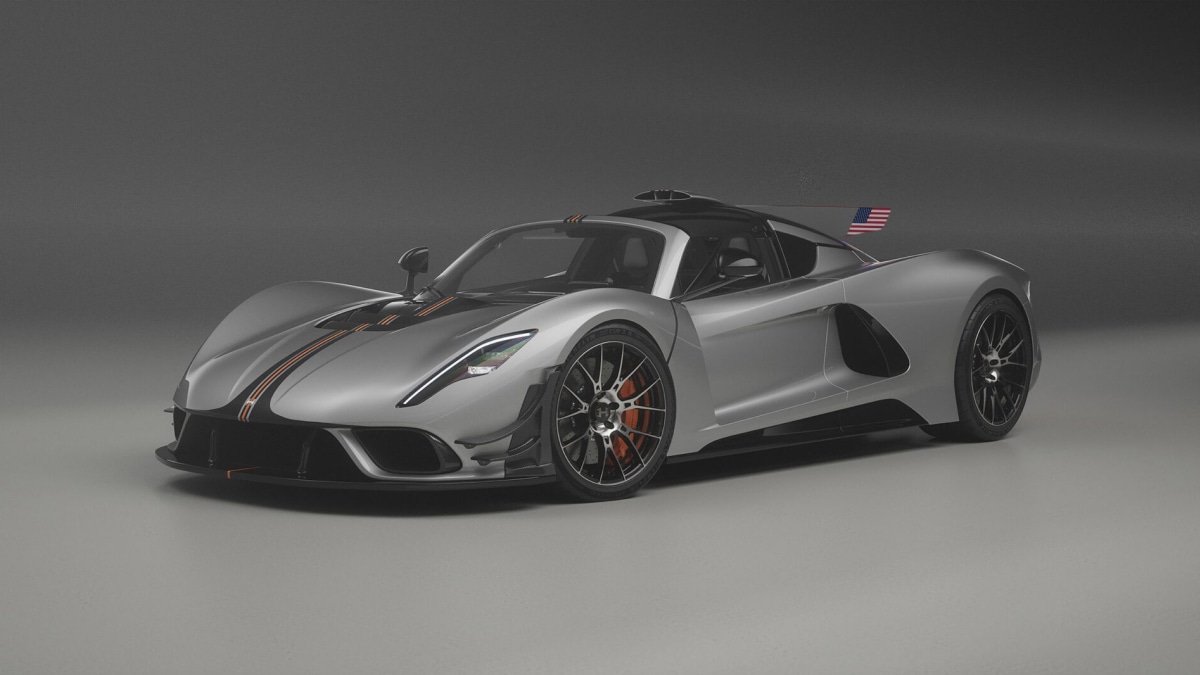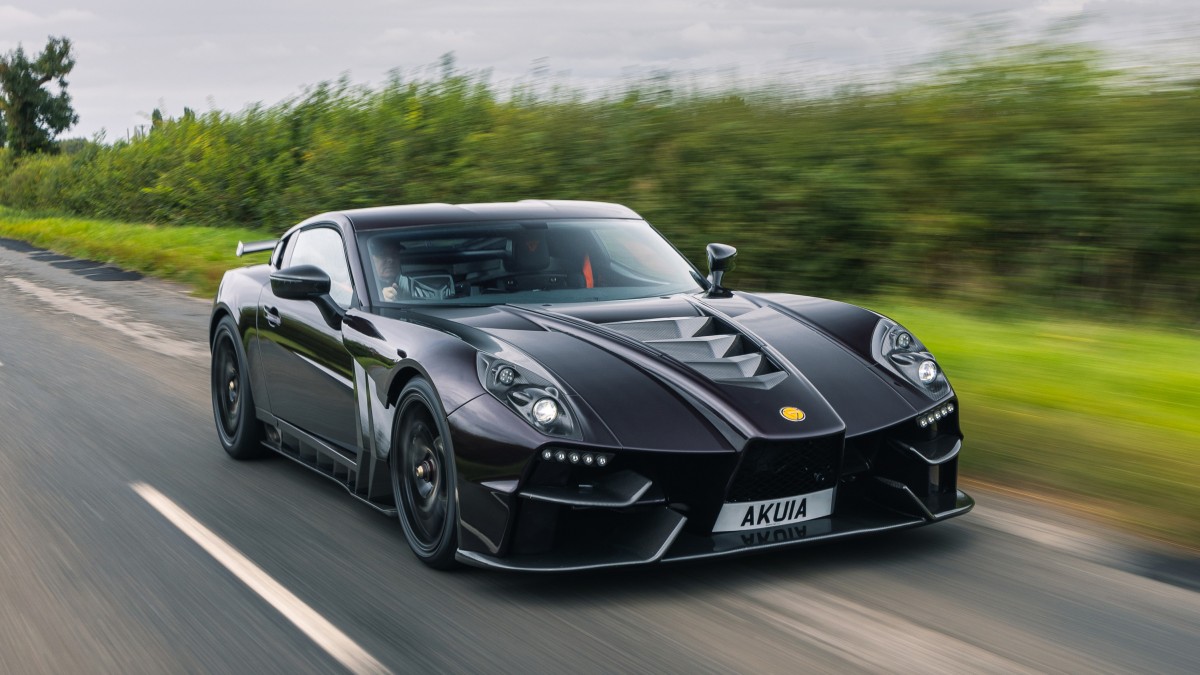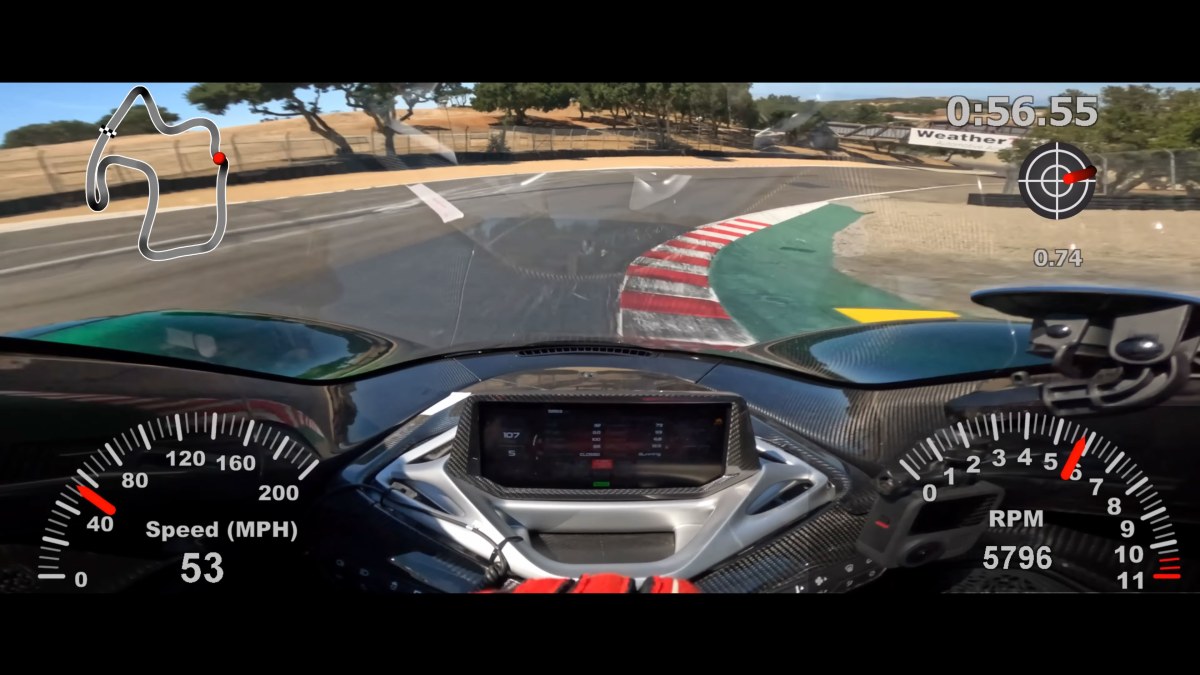Pagani has remained relatively quiet in the past few years. It has steered clear of the horsepower and top speed races, but that doesn’t mean it hasn’t stayed busy. It published a video on its social media channels to announce it has built the 100th and final example of the Huayra Roadster three years after introducing the model.
The anonymous Hong Kong-based collector who will soon take delivery of the final Huayra Roadster explained he fell in love with the brand after seeing a C12 in a showroom. He added that he ordered his Roadster after unsuccessfully trying to buy a Huayra coupe, which is a relatively small problem to have in the grand scheme of things. And, an open-top hypercar with a screaming V12 engine isn’t terrible as far as consolation prizes go.
Like most Huayra buyers, the man worked directly with the company to customize his car.
“When I was shown the Mamba Black exposed carbon, that’s when I knew that I wanted this. It’s far richer in depth, and it really does look considerably different from the normal carbon fiber,” he explained. Pagani even designed a special fin for the rear end of the car. It’s inspired by the ones fitted to the Zonda Tricolore, and by a shark fin.
The owner played a role in designing the interior, too. Rather than keeping it all black, like the body, he requested yellow accents on the seats, on the door panels, and on the dashboard, and matte carbon fiber on the center console.
It doesn’t sound like the buyer requested any mechanical modifications, meaning power comes from a Mercedes-AMG-sourced 6.0-liter V12 that’s twin-turbocharged to 753 horsepower and 738 pound-feet of torque. Mounted behind the passenger compartment, the 12-cylinder spins the rear wheels via a seven-speed automated manual transmission. It’s 40% lighter than the dual-clutch transmission used in the Huayra coupe, Pagani explained.
Pricing for the Huayra Roadster started at $2.4 million before options entered the equation, and all 100 units were spoken for by the time the car made its debut at the 2017 edition of the Geneva auto show. Selling 100 cars for a seven-digit sum is a big achievement, but building them and delivering them is even more impressive.
What’s next?
As of writing, Pagani’s future plans are relatively vague. Mercedes-AMG confirmed plans to phase out its V12 in the wake of ever-stricter emissions regulations around the world, so the Italian firm will need to either find another engine to power its cars, or design one from scratch. Which route it plans to take hasn’t been revealed yet. Regardless, the Huayra’s successor remains tentatively scheduled to arrive before the end of 2021.
In 2019, it said it hoped to release its first electric model by 2024, though company founder Horacio Pagani also admitted there is absolutely no demand for one. “None of our customers or dealers want to know about an electric car. They don’t want to know anything about it. They’re not interested. It’s a huge challenge for us, because no one is asking for it,” he affirmed. Another upcoming Pagani model that will undoubtedly generate more interest among the super-rich is a $3.3 million SUV, which could break cover before 2025.




